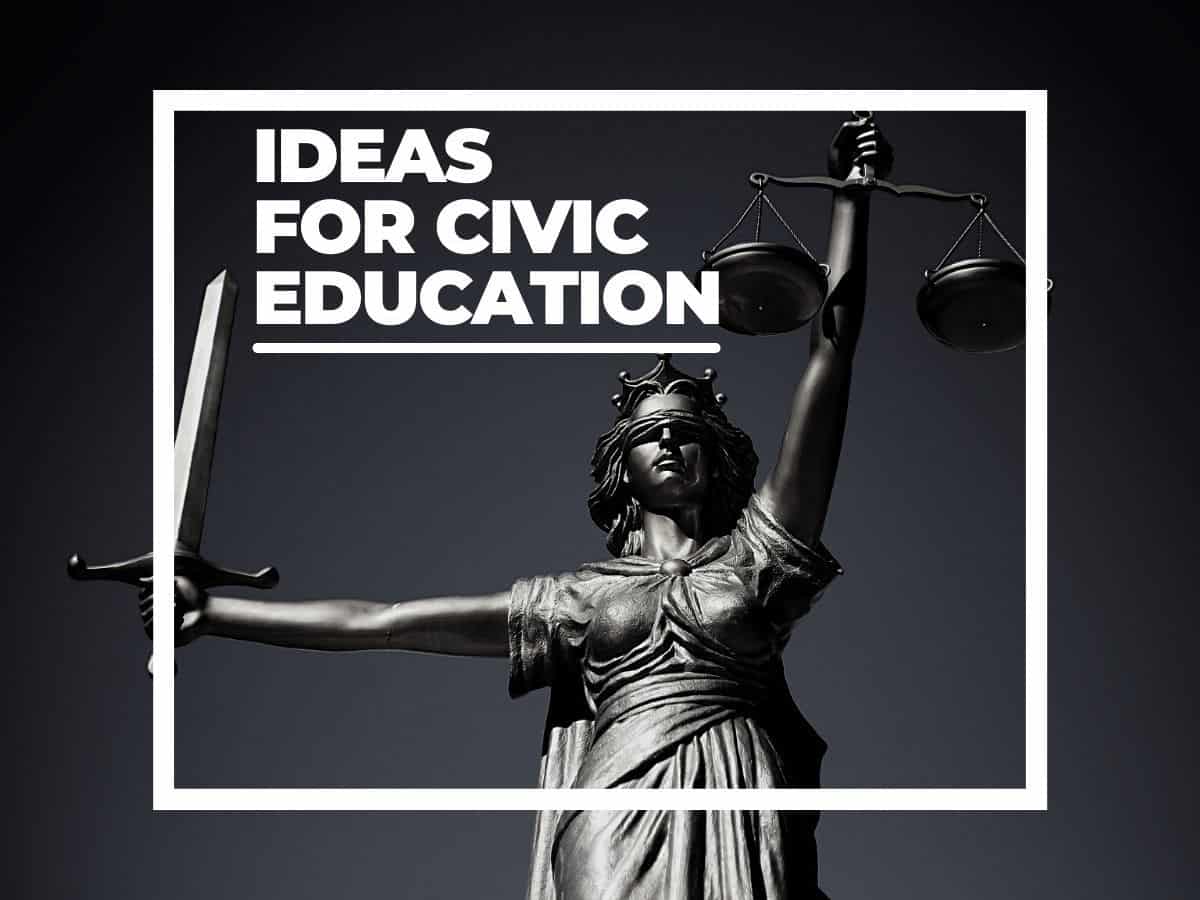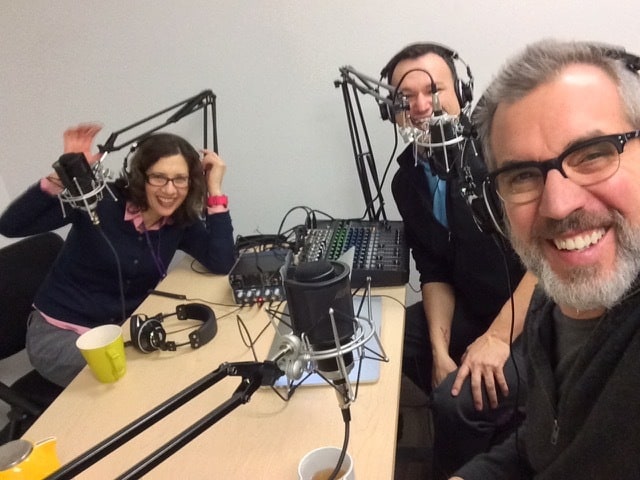Featured image by Pixabay / William Cho
Overview
This class will showcase some resources in Civic Education – they’re grouped in three broad categories – law-related ed, civics / government, and information literacy.
Law-Related Education
I’m a big fan of using mock trials – they embody critical thinking in the classroom. The need to develop and deliver a theory of the case, reminds me of constructing a coherent historical narrative. And the use of rules of evidence parallels the mastery of historical thinking skills like sourcing, contextualizing and corroboration.
Over the years I wrote a number of cases which proved to be effective tools for improving student analytic skills. Here’s a few posts from my personal blog on using them in the classroom and a link to two mock trials and an appeals case that I developed. Teachers can also use the mock trial format to teach historical people and events. The format fosters a critical examination of historical content. For ideas, see Using Classroom Mock Trials to Encourage Critical Thinking in Social Studies.
Here in Oregon, we have a state-wide organization that supports law-related education: the Classroom Law Project. It provides resources for law-related education.
As an in class activity, students will take part in brief mock trial. See resources
- Vickers v Hearst (443kb pdf)
- Mock Trial Quick Guide (47kb pdf)
Civics and Government
History instruction intersects with civics and government in many ways. Great free resources and teaching ideas can be found here:
- Zinn Education Project: promotes and supports the teaching of people’s history in middle and high school classrooms across the country.
- iCivics: free lesson plans and games for learning civics
- Center for Civic Education: high-quality civic and constitutional education for all
Information Literacy
With the rise of social media and the decline of legacy news sources, students must be learn to critically evaluate news sources to be functioning citizens. Great resources are available at:
- Civics Online Reasoning (Stanford History Education Group): free lessons and assessments that help you teach students to evaluate online information that affects them, their communities, and the world.
- News Literacy Project: programs and resources for educators and the public to teach, learn and share the abilities needed to be smart, active consumers of news and information and equal and engaged participants in a democracy.
- National Association for Media Literacy Education (NAMLE): aims to make media literacy highly valued and widely practiced as an essential life skill.




